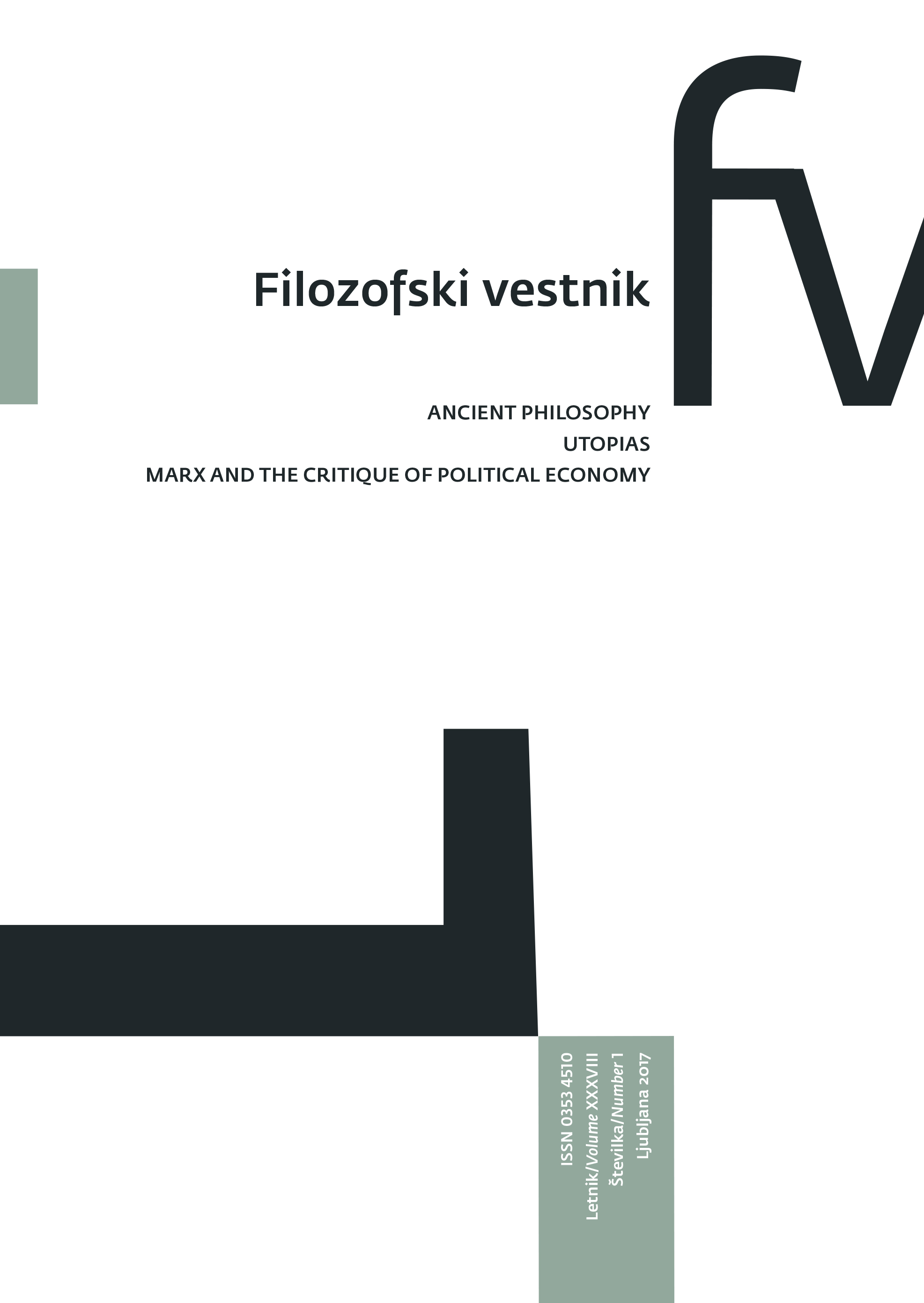Avantgarde, utopije in oblačila
Ključne besede:
avantgardna gibanja, futuristična oblačila, konstruktivistična oblačila, tuta, prozodezhdaPovzetek
Avtor predstavi dva primera, ko je bil v zgodnjem dvajsetem stoletju kombinezon preoblikovan v projekt z utopijskim potencialom. V Italiji je bil tak primer tuta, v Rusiji pa prozodezhda. V prvem primeru je šlo za enodelni kombinezon, ki je postal po prvi svetovni vojni zelo priljubljeno oblačilo. To je bil projekt, ki je asociiral na futurizem in utopizem. Pred vojno sta nekoliko podoben projekt (anti-nevtralna oblačila) razvila Giacomo Balla in Fortunato Depero. Manj kot desetletje po tej futuristični intervenciji v oblačenju je nastala tuta. Neodvisno od italijanskega oblačila je nastal njen ruski ekvivalent, t.i. »proizvodna oblačila« (prozodezhda). Pred tem so kombinezon nosili mehaniki in letalci. Okrog leta 1920 je kombinezon postal simbol nove postoktobrske revolucionarne družbe, v kateri naj bi človeški odnosi in »postartistična« ustvarjalnost bistveno odstopali od tradicionalnih pojmov, kot so umetnost, umetnik in umetnina. Umetnik-konstruktor, ki naj bi bil bolj inženir kot pa umetnik, naj bi zamenjal zastarelega buržoaznega umetnika in buržoazno institucijo umetnosti. V Bauhausu je slovenskega umetnika Avgusta Černigoja fasciniral kombinezon, ki ga je nosil Moholy-Nagy. Po vrnitvi v Ljubljano ga je nosil tudi sam ter vzbujal osuplost med lokalnim prebivalstvom. V osemdesetih letih dvajsetega stoletja je tej modi sledil še drug slovenski umetnik, namreč Dragan Živadinov.
Prenosi
Prenosi
Objavljeno
Kako citirati
Številka
Rubrike
Licenca
Avtorji jamčijo, da je delo njihova avtorska stvaritev, da v njem niso kršene avtorske pravice tretjih oseb ali kake druge pravice. V primeru zahtevkov tretjih oseb se avtorji zavezujejo, da bodo varovali interese založnika ter da bodo povrnili morebitno škodo.
Podrobneje v rubriki: Prispevki





